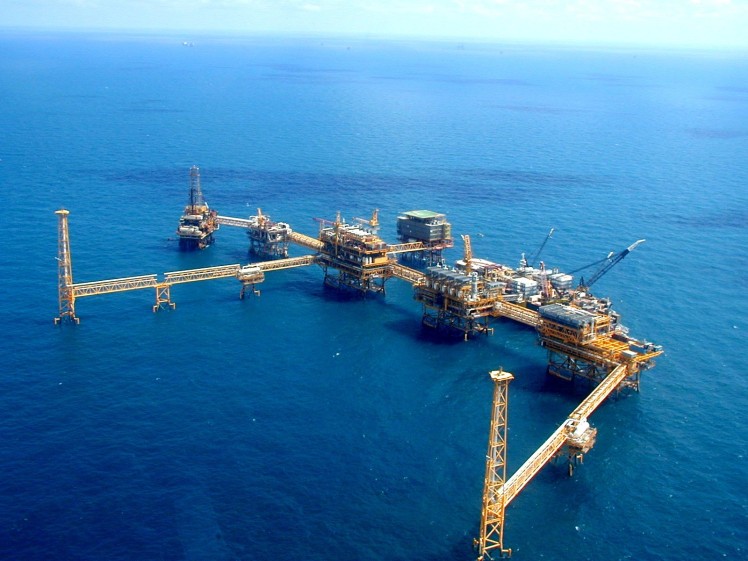
In 1972 a fisherman named Rudesindo Cantarell reported an oil slick that was flowing from a seep in the Bay of Campeche in the Gulf of Mexico about 100 km (60 miles) off the coast of the Yucatán Peninsula. From that slick the first field in the Cantarell complex was discovered in 1976, and production began from the fields in 1979. Cantarell was the second-highest-producing field (2.14 MMbbl/d in 2004) in the world behind the Ghawar Field in Saudi Arabia.
That one discovery was a game changer for Mexico, shifting the country from an importer of crude oil to an exporter. According to the U.S. Energy Information Administration (EIA) April 24, 2014, Cantarell’s “output has been declining significantly for almost a decade. Production at Cantarell began in 1979 but stagnated as a result of falling reservoir pressure. In 1997, Pemex developed a plan to reverse the field’s decline by injecting nitrogen into the reservoir to maintain pressure, which was successful for a few years.
“However, production resumed a rapid decline beginning in the middle of the last decade—initially at extremely rapid rates, and more gradually in recent years. In 2013 Cantarell produced 440,000 bbl/d of crude oil, which was nearly 80% below the peak production level of 2.1 million bbl/d reached in 2004,” EIA added.
“As production at the field has declined, so has its relative contribution to Mexico’s oil sector. Cantarell accounted for 17% of Mexico’s total crude oil production in 2013, compared with 63% in 2004,” EIA continued.
Scott Weeden. (2015, May 01). Meteoric History Of Cantarell Field Continues For Pemex. Retrieved from http://www.epmag.com/meteoric-history-cantarell-field-continues-pemex-792716#p=1
